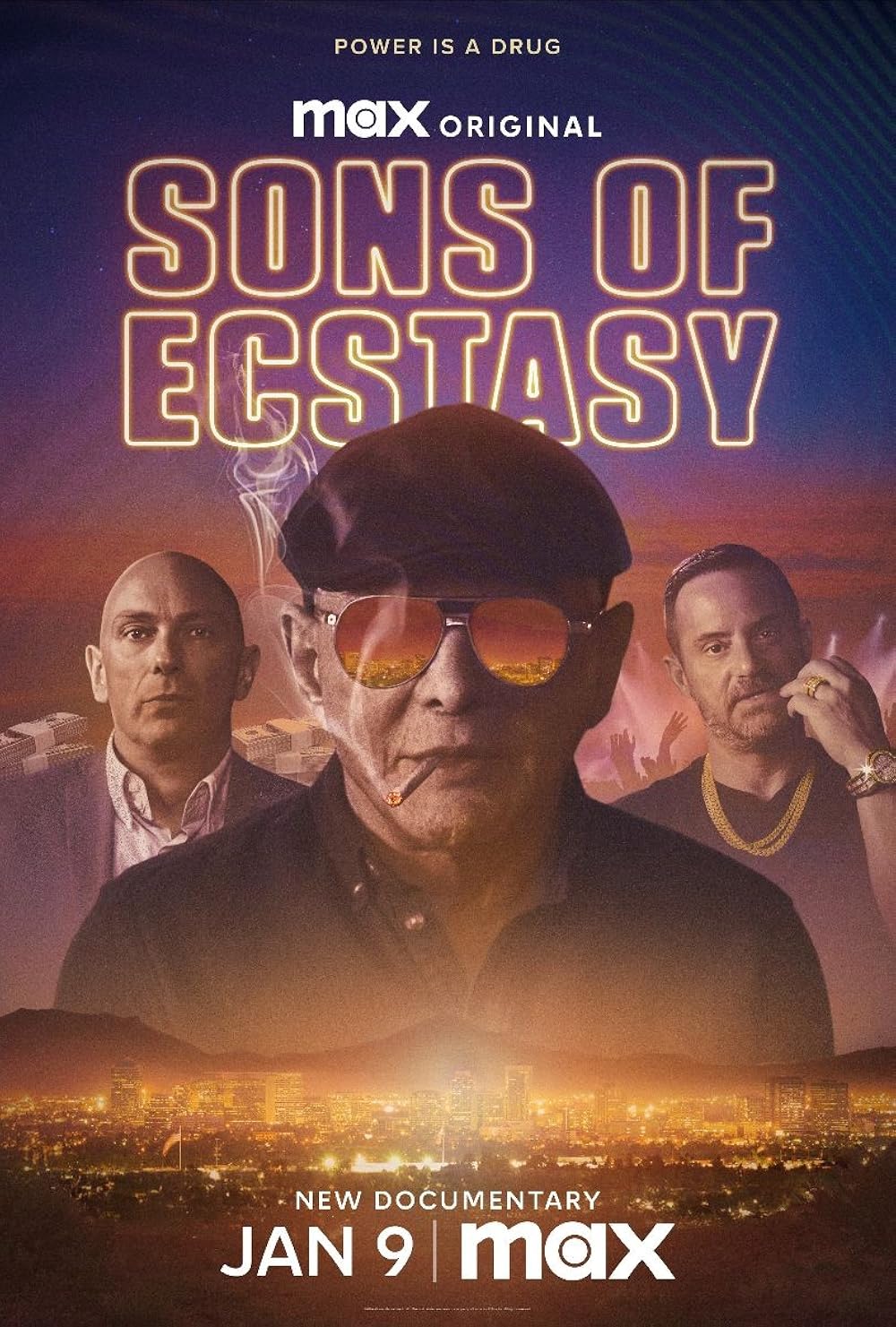
The film revolves around a fascinating true-story conflict in the Arizona ecstasy drug trade during the 1990s. At the center of this tale are two unlikely rivals: Shaun Attwood, an English stockbroker who found himself deeply involved in the ecstasy business, and Gerard Gravano, who comes with a notorious family connection – he’s the son of Salvatore “Sammy the Bull” Gravano, the infamous New York mobster and hitman.
The story appears to explore the unlikely collision between the world of high finance and organized crime through the lens of the 1990s club drug scene. Shaun Attwood’s background as a stockbroker suggests he likely brought his financial expertise and business acumen to the drug trade, representing a more corporate or systematic approach to distribution. Meanwhile, Gerard Gravano would have grown up in the shadow of his father’s notorious reputation in organized crime, as Sammy “The Bull” was one of the most famous mobsters who eventually became an FBI informant against the Gambino crime family.
The conflict between these two figures represents a clash of different worlds and approaches to the criminal enterprise – the calculated, business-minded methodology of a stockbroker versus the traditional organized crime background of the Gravano family. This dynamic likely creates tension around territory, control, and different philosophies of running illegal operations.
The 1990s setting is particularly significant as it coincides with the rise of rave culture and the explosion of ecstasy use in America. Arizona, being a key transit point for various drug trafficking operations due to its border location, would have been a strategic territory for both parties. The state’s position in the southwestern United States made it a crucial hub for drug distribution networks extending across the country.
The fact that the story focuses on ecstasy, rather than more traditional organized crime substances like cocaine or heroin, reflects the changing nature of the drug trade in the 1990s. Ecstasy, with its association with dance music culture and younger users, represented a new market that might have attracted different types of criminal entrepreneurs than traditional mob-controlled substances.
The stockbroker-turned-dealer versus mobster’s son dynamic also reflects broader themes about the evolution of organized crime in America. By the 1990s, traditional mafia structures were being challenged by new players who brought different skill sets and backgrounds to illegal enterprises. Attwood’s involvement suggests how the sophistication of financial markets might have influenced how drug operations were managed and organized.
The “Sons” in the title “Sons of Ecstasy” likely carries a double meaning – literally referring to Gerard Gravano as the son of a famous mobster, but also metaphorically referring to the new generation of drug dealers who arose during the ecstasy boom. These new players were often disconnected from traditional organized crime families and brought different approaches to the trade.
The story appears to examine how the relatively new ecstasy trade of the 1990s became a battleground between old and new criminal methodologies. The clash between Attwood and Gravano represents not just a territorial dispute, but a collision between different eras and approaches to organized crime – the old-school mobster mentality versus the new wave of financially sophisticated operators who emerged in the late 20th century.
Through this lens, the film likely explores themes about the modernization of criminal enterprises, the influence of Wall Street-style thinking on illegal businesses, and how the children of notorious criminals either embrace or struggle with their family legacies. The Arizona setting provides a fresh perspective on organized crime stories, moving away from traditional East Coast mafia narratives to examine how the drug trade operated in new territories with new players.
The documentary provides a unique window into a specific moment in American criminal history, when the worlds of white-collar finance and traditional organized crime collided in the booming market for a new party drug. The personal stories of both Attwood and Gravano serve to illuminate larger themes about how organized crime evolved and adapted as new drugs, new players, and new methodologies emerged in the latter part of the 20th century.
Video Recap:







Comments are managed through YouTube...